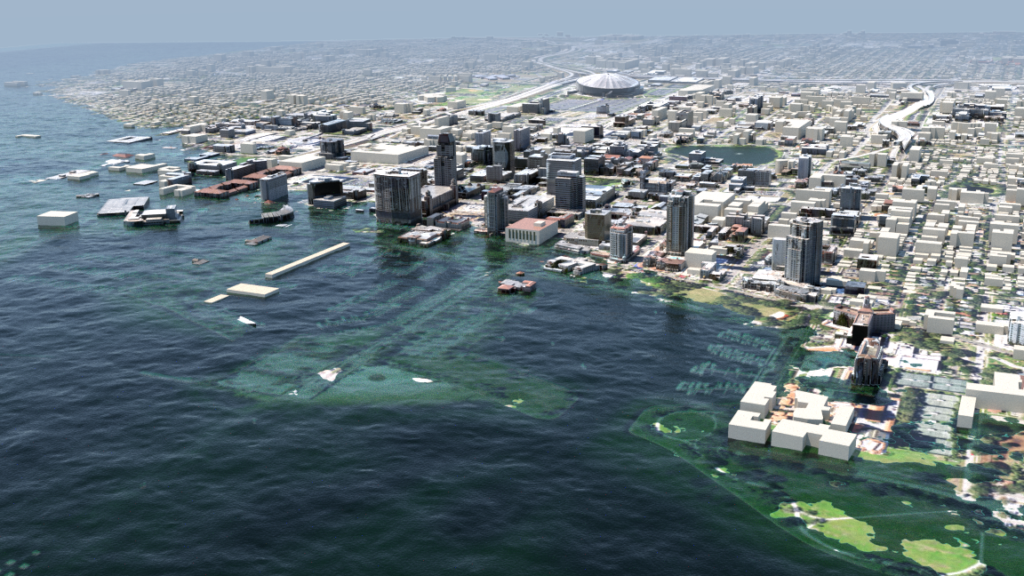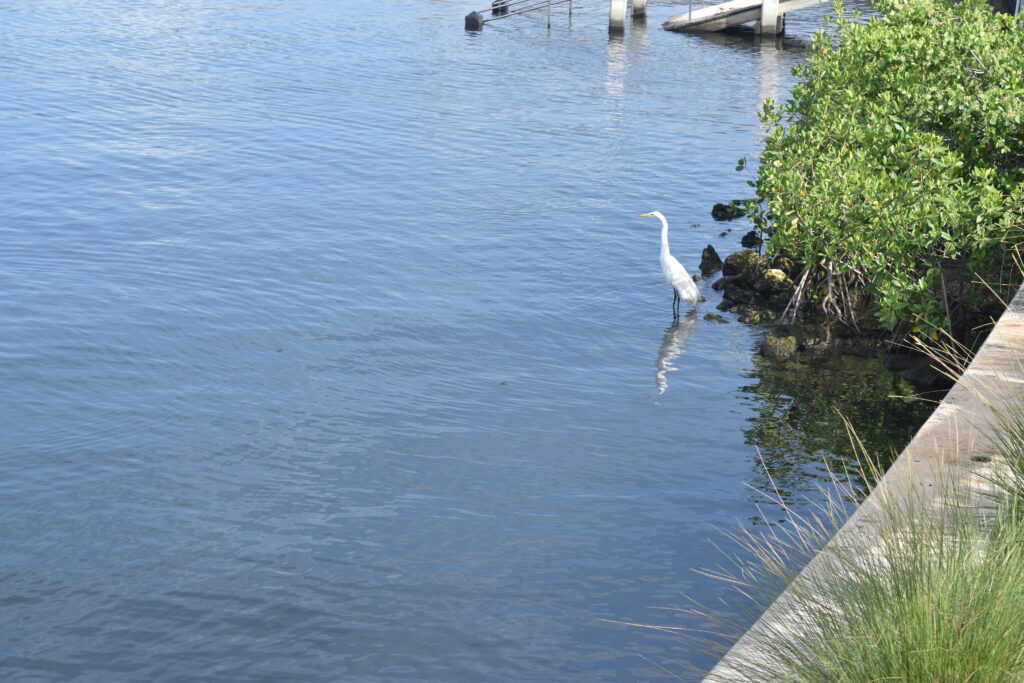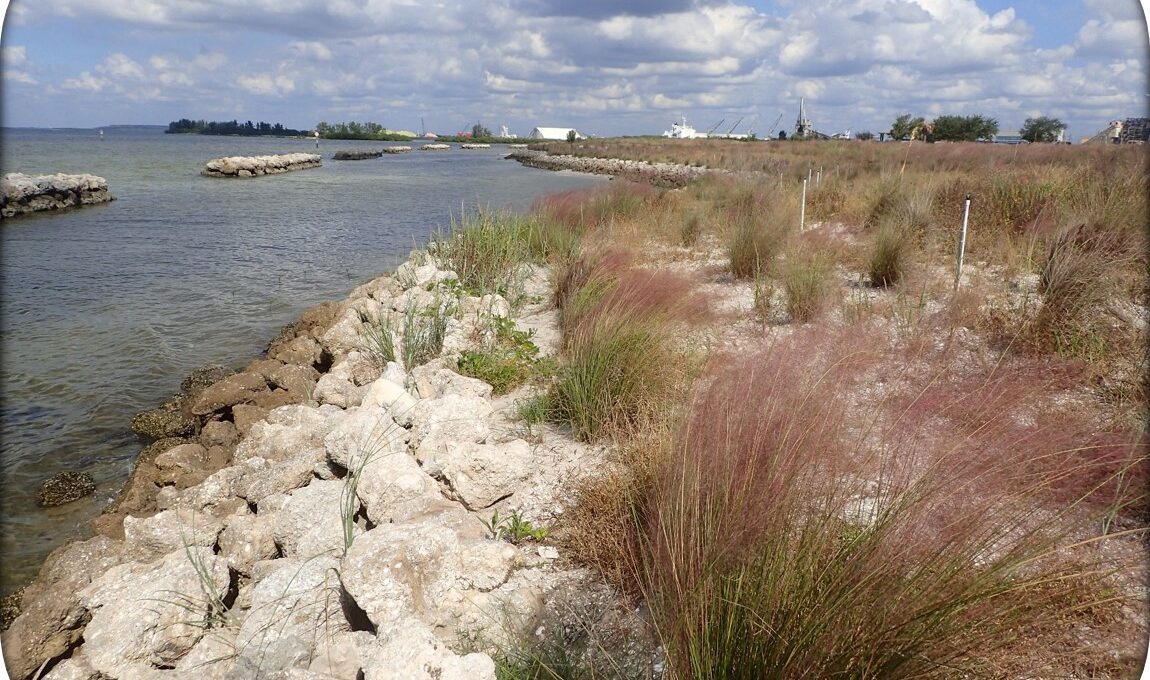Protecting shorelines from rising waters, driven by changing sea levels and tidally influenced flooding, will be both more important and more challenging going forward.
A new model ordinance template, developed by the Tampa Bay Regional Planning Council (TBRPC) with funding from the Florida Department of Environmental Protection, identifies shoreline protection strategies to support community flood protection and habitat preservation and restoration. The template is designed to assist local governments in adopting a regionally consistent set of policies to ensure that local shorelines are resilient through the next 50 years.
The ordinance template establishes a 5-foot above mean sea level (North American Vertical Datum 88) minimum height for tidal flood barriers based on projections of sea level rise conditions in combination with high tides through the year 2070. A 2020 survey of existing comprehensive plans and ordinances among the local governments of the Tampa Bay Regional Resiliency Coalition found there was no uniform standard for minimum seawall heights in the region. “The template takes the best available science to provide local governments with consistent and specific recommendations for their residents,” said Alana Todd, TBRPC’s senior environmental planner.

Along with the minimum height requirement, the model ordinance encourages living or hybrid shorelines as alternative tidal flood barriers where appropriate. Natural and nature-based features like living shorelines help reduce flood risks while also providing habitat for wildlife and improving water quality by filtering pollutants and capturing sediment from stormwater runoff. “It’s not about just protecting property or just about building natural shorelines because you can do both with the right set of strategies,” Todd said.
With most coastal sites across the region either developed or publicly owned, living shorelines and enhanced seawalls are one of the few remaining options for increasing habitat and improving water quality in the bay’s watershed. The Tampa Bay Estuary Program’s Habitat Master Plan calls for the addition of 45 miles of living shorelines by 2050 with most of that cost – about $1.5 million per mile – shouldered by private landowners who replace aging seawalls with more cost-effective, natural shorelines.
Even with that price tag, natural shorelines typically cost significantly less than rebuilding seawalls, notes Tom Ries, a consultant with Environmental Science Associates who worked with the TBRPC on the model ordinance. “Living shorelines are cheaper whichever way you look at it,” he said. “They’re less expensive to build, less expensive to maintain, and then they improve quality of life for homeowners and water quality for everyone.”
Existing regulations and permitting requirements disincentivize waterfront property owners from installing living shorelines, which unintentionally encourages the use of seawalls. The model ordinance template defines criteria that would identify which tidal flood barriers will be permitted and where. “By including living and hybrid shorelines as options for tidal flood barriers, this will help open pathways to streamline the implementation of nature-based shorelines,” Todd said. “We want to make it easier for property owners to consider tidal flood barriers other than just seawalls to renaturalize our shorelines where possible.”

The model ordinance – if enacted by local governments – would not require homeowners to meet the new requirements until the tidal flood barrier is being replaced, substantially repaired or has been substantially damaged. In addition, the model ordinance includes general design requirements for each of the three shoreline categories that can be expanded upon by the adopting jurisdiction. “As a model ordinance, it can be adopted in totality or sections of it can be considered and adopted at the discretion of the local government,” said Todd.
“Local governments will have the final say in how the model shoreline ordinance impacts their residents, but we all recognize that protecting shorelines from rising seas is a critical part of ensuring that our region remains resilient over the next 50 years,” she adds.
Learn more at https://www.tbrpc.org/shoreline-model/
